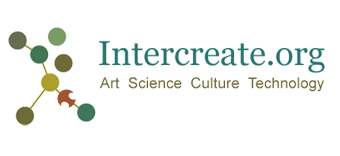Residency Project: Cecelia Cmielewski
What is wind?
The art based research brings my thirty year history of cross cultural communications together in this project in concert with the cross fertilization facilitated through the WITT Art Space.
I will research exchanges of different knowledge systems – comparing and contrasting Maori and Indigenous environmental concepts with each other and western scientific ‘descriptors’. This first exploration will be kept very simple and look at an everyday experience by asking people “What is wind?”
The work would consist of interviews and data gathering (many of which I would complete in Australia before arriving in NZ) and ideally range between older experts and the younger generation. I intend to include some interviews taken during my visit to Northern India in October.
The outcome would combine photographic documentation (a portrait) with some text from the interviews and perhaps an illustration by the interviewee.
The topic that I am researching and producing is one that has yet to be well realised in a multi and cross cultural approach in Australia. The rich intersections between different cultures and their knowledge systems will expand the creative opportunities for those who participate and those who engage with the work. This project is the first phase to refine the methods and ways of presenting differing cultural perspectives on a seemingly simple question “what is wind?”
I will seek and obtain formal permissions from the participants prior to the research beginning which will add to the body of knowledge of ethical approaches in the arts.
The public are welcome to attend and much of the cross fertilisation will occur, in terms of projects and discussion. I will present an overview of my experience at a Friday seminar at SymbioticA, which is open to all Perth residents, and will contribute to the blog that is part of the SCANZ program. I will also present at the SCANZ symposium which will be published by Leonardo Journal.
The high level of international networking and collaboration, through working spaces and discussions, will produce opportunities that go beyond the time of the residency.





